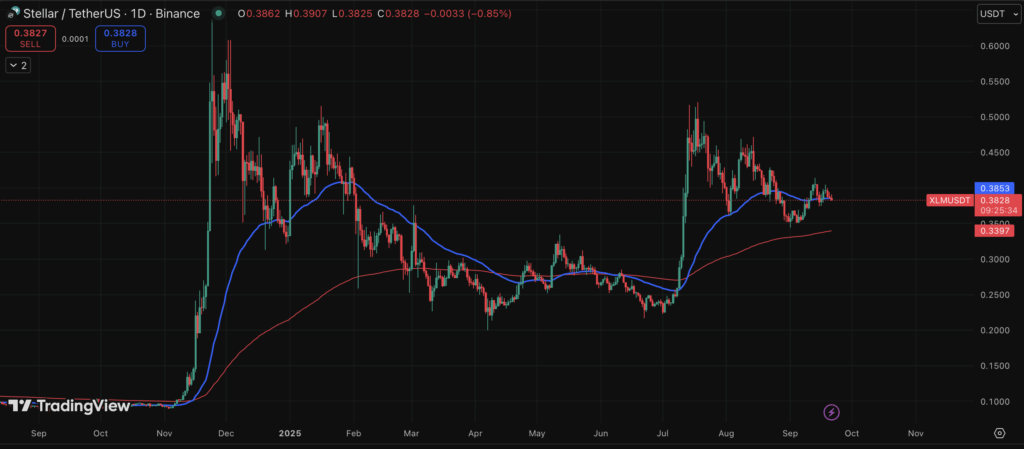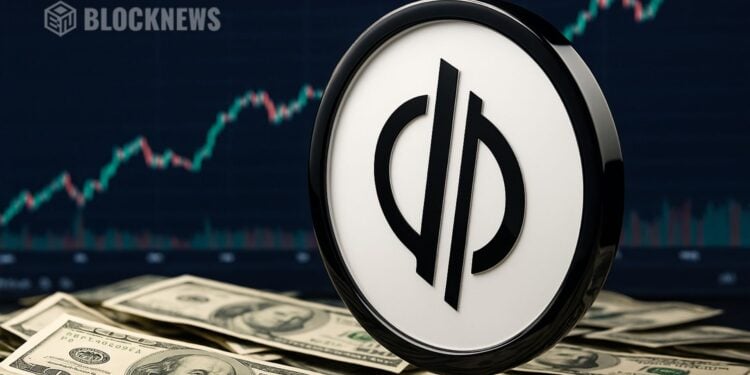- Stellar targets global remittances with cheap, fast transfers.
- XLM could be worth $7,500–$37,000 by 2026 depending on adoption.
- Key risks include competition with Ripple and slower ecosystem growth.
If you’re sitting on 7,488 Stellar (XLM), you’ve probably asked yourself where that bag could be worth in a few years. Could Stellar actually break out into a global payment player like XRP, or does it remain more niche? Since launching in 2014, founded by Ripple’s own Jed McCaleb, Stellar went a different route—while Ripple chased banks, Stellar focused on everyday people, especially underbanked communities. Its goal? Lightning-fast payments with almost no fees, a big deal for the global remittance market that moves over $600 billion every year.
Real-World Use Cases Pushing Adoption
Stellar hasn’t just been talking about this vision, it’s already rolled out pilots. IBM’s World Wire used Stellar to test cross-border settlements, while UNHCR in Ukraine tapped it to get aid into the hands of refugees via digital wallets. Even governments are watching—Ukraine’s Ministry of Digital Transformation teamed up with the Stellar Development Foundation in 2021 to explore a digital currency framework. If even one major CBDC runs on Stellar’s rails, demand for XLM could jump in an instant.

Price Scenarios for Your XLM Bag
Right now XLM trades near $0.40 with a $12.9 billion market cap. Let’s play out a few scenarios: at $1, your 7,488 XLM is worth around $7,500. At $2, closer to $15,000. If adoption really takes off, $5 puts that stack at $37,000, while $10 means you’re staring at nearly $75,000. On the flip side, if the price sinks back to $0.20 in a downturn, you’re still holding about $1,500. The spread shows the upside potential but also the reality of market swings.
Key Drivers, Risks, and the Bottom Line
What really drives Stellar’s future is adoption—more partnerships, more real-world use cases, and maybe a shot at digital currency rails. The Stellar Development Foundation keeps building out the ecosystem, but challenges remain. Ripple is still a tough competitor in cross-border payments, and Stellar’s ecosystem is smaller compared to other chains. NFTs and other trends haven’t stuck here. Bottom line: if Stellar carves out even a slice of the remittance market or gets real traction with CBDCs, your 7,488 coins could be worth anywhere from $7,500 to $37,000 by 2026. It’s not just speculation—Stellar is actually designed to make payments simpler and cheaper for millions worldwide, and if it keeps heading that way, the payoff could be worth the patience.














